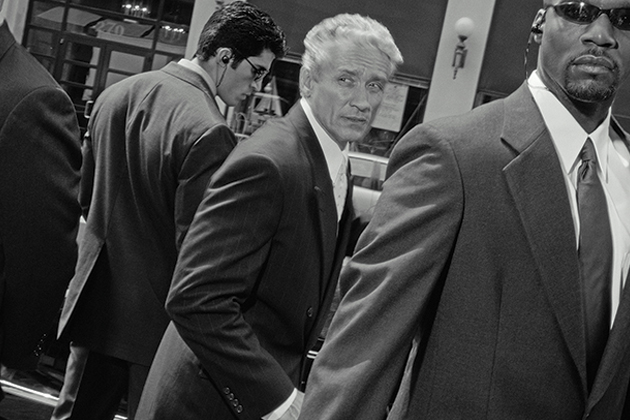
Although exact numbers are hard to come by, AIG estimates that more than 40,000 kidnapping incidents occur worldwide every year. Traveling business executives, corporate employees based abroad, and tourists are among the key victims, with motives ranging from making a religious statement to cashing in on a big payday. Yet it is often difficult to convince executives of the need to take kidnap and ransom risks seriously, particularly when they are focused solely on opening a new plant, acquiring a new business, or closing a huge deal. But with global travel comes real risks.
Given such serious conditions, certain guidelines can help decrease the chance of becoming a kidnapping victim. They apply to anyone traveling or working outside the United States, but they are particularly relevant to corporate executives and other high-profile individuals:
- Perform a risk review before traveling. The goal for a risk review plan is to raise awareness and sensitivity to the potential dangers on your itinerary. Because the United States is not a “hot spot,” many business travelers are unaccustomed to thinking of kidnapping as a critical issue, but this assumption can be risky.
- Become familiar with the “hot spots.” Although destinations such as Mexico have long qualified for the “hot spot” list, new ones can appear overnight, so it is critical to actively monitor political events and other sources of risk. That being said, remember that kidnappings can occur anywhere.
- Take the right precautions. To help avoid being abducted, move about in well-lit areas and stay in the company of people you trust—never go anywhere alone. On a similar note, it is important to stay in close contact with your host and not to deviate from the itinerary without clearing it with them. Because this person knows the area and what can happen, they are a critical resource.
- Limit access to your itinerary to a trusted few. Unless you know someone well, do not discuss the details of where you are traveling or even that you are planning a trip—you never know who is listening. Kidnapping is a business in many parts of the world; the perpetrators are organized and they can, and often do, gather intelligence on possible victims. Although many Americans have a sense of implicit trust in the police at home, in many other countries, going to the police can be a major mistake as they may be corrupt and even a party to abductions.
Kidnap and ransom insurance is another tool to better manage the risks in nations where companies have expatriates employed or where corporate executives or celebrities are traveling.
While these insurance policies provide reimbursement for ransom payments, other key resources are included in this coverage. For example, credible K&R insurance policies cover unlimited expenses for the services of experienced crisis management teams. These are often made up of highly skilled professionals, including former CIA or FBI agents and ex-military personnel, who are familiar with the local threat landscape and can best negotiate the safe release of kidnap victims. If a ransom is required, they are skilled at negotiating the lowest possible payout while ensuring that safety remains the top priority.
The cost of K&R insurance is modest. For example, a $5 million dollar policy for one year with non-hazardous travel that includes the services of a crisis management team is about $2,000. Anyone who obtains a policy should keep the purchase strictly confidential, as potential kidnappers may view it as a source of ransom funds.
This coverage is typically purchased from property and casualty insurance brokers, who must have adequate information to make sure the coverage is placed appropriately. To make sure clients obtain the best policy, underwriters will need to know the insured’s travel plans for the next 12 months to determine patterns and possible exposures. They will also want to understand how the individual typically goes about doing business. Since many executives, for example, are so keenly focused on the goal of their travel, they may not realize that their work habits could introduce risks. In addition, underwriters will want to know how familiar the traveler is with their destinations and how well he or she is known in those locations, as high-profile individuals may present more appealing targets.
If travel is to high-risk areas, there will be additional premium costs. Hot spots such as South America or the Middle East tend to cost three- to five-times more than typical U.S. or European coverage. There are very few areas of the world where underwriters will decline coverage all together, although Syria or any ISIS-occupied territories would likely be excluded today. Other than that, as long as underwriters have specific travel details and are assured there will be some sort of security, coverage can usually be obtained. This travel information is not only helpful in the underwriting process, but can strengthen a company’s internal crisis management efforts as well.
A growing number of U.S. travelers face the possibility of a kidnapping, whether while vacationing or on business. Even though many of these incidents never make the evening news, it is wise not to leave open the possibility that you or someone in your company could be the exception.
